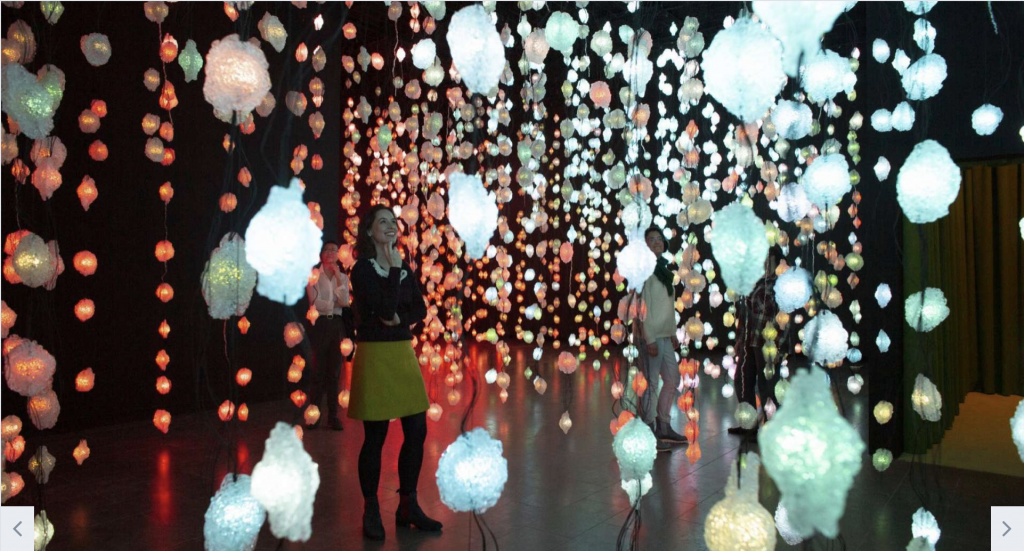This project was definitely a learning experience for me. I realized that it’s a lot more difficult for me to translate the image I want to create to the canvas when I’m using code as a medium instead of a program like Photoshop or Illustrator. It took a lot of little adjustments, but I’m happy with how it came out and I think I learned a lot.
function setup() {
createCanvas(600, 600);
background(255, 208, 223);
noStroke();
fill(50,30,30);
rect(150,300,300,250,0,0,50,50);
//hair base
noStroke();
fill(50,30,30);
ellipse(300,300,300,300);
//top of hair
stroke(150);
strokeWeight(2);
fill(200);
ellipse(300,600,300,350);
//body
stroke(246, 193, 161);
strokeWeight(2);
fill(255,229,196);
rect(260,380,80,100,0,0,40,40);
//neck
stroke(246, 193, 161);
strokeWeight(2);
fill(255,229,196);
ellipse(430,330,38,38);
//right ear
stroke(246, 193, 161);
strokeWeight(2);
fill(255,229,196);
ellipse(170,330,38,38);
//left ear
stroke(246, 193, 161);
strokeWeight(2);
fill(255,229,196);
ellipse(300,300,250,250);
//base for face
noStroke();
fill(0);
ellipse(360,320,20,20);
//left eye
noStroke();
fill(0);
ellipse(240,320,20,20);
//right eye
noStroke();
fill(238,125,77);
triangle(300,330,280,350,320,350);
//nose
noStroke();
fill(215, 59, 62);
ellipse(300,380,75,50);
//mouth (part one)
//I tried to draw an arc but that didn't work
noStroke();
fill(255,229,196);
rect(250,355,90,25);
//mouth (part two), improvised
stroke(0);
strokeWeight(2);
noFill();
ellipse(230,320,95,90);
//glasses (right)
stroke(0);
strokeWeight(2);
noFill();
ellipse(370,320,95,90);
//glasses (left)
line(280,318,320,318);
//glasses(middle)
line(174,298,184,308);
//glasses(frame left)
line(416,308,426,298);
//glasses(frame right)
noStroke();
fill(50,30,30);
rotate(PI/5);
//question: why does ellipse move locations when being rotated?
ellipse(420,-20,200,90);
//right side bangs
noStroke();
fill(50,30,30);
rotate(46);
ellipse(-105,-302,130,50);
//left side bangs
}
![[OLD FALL 2019] 15-104 • Introduction to Computing for Creative Practice](../../../../wp-content/uploads/2020/08/stop-banner.png)



